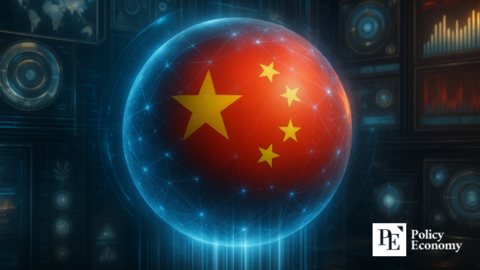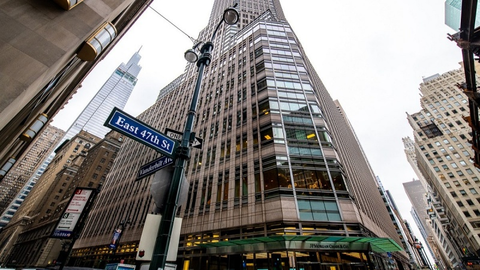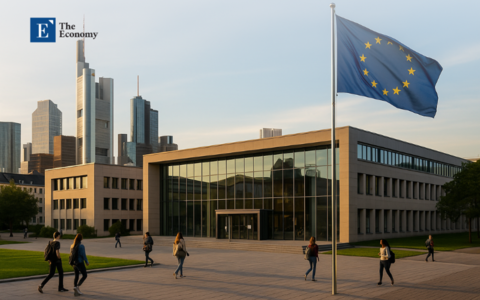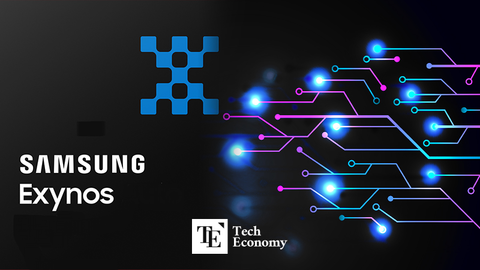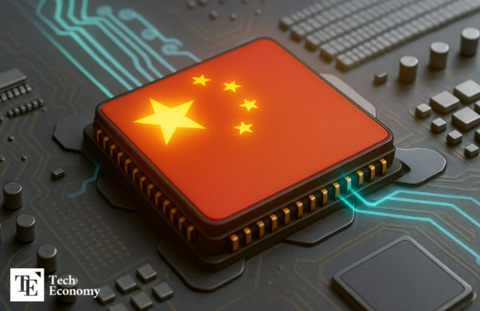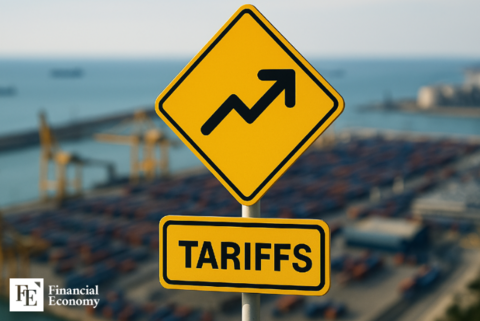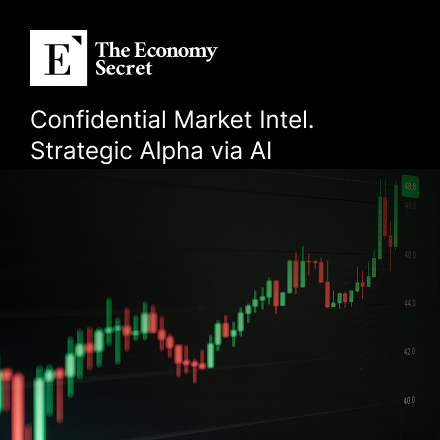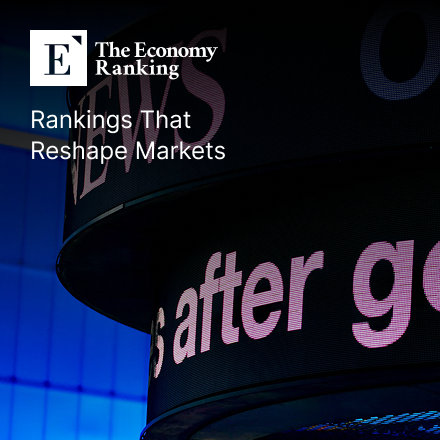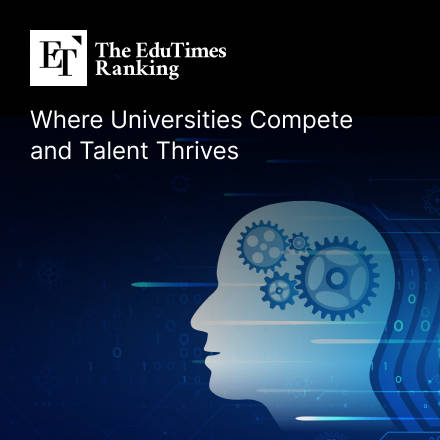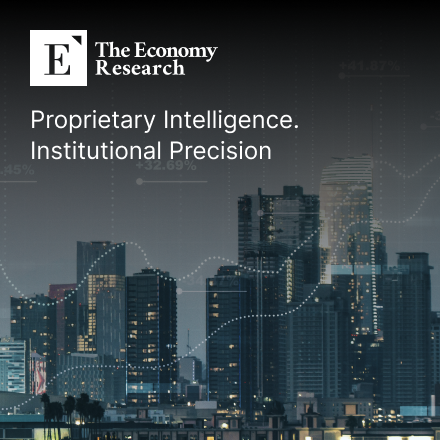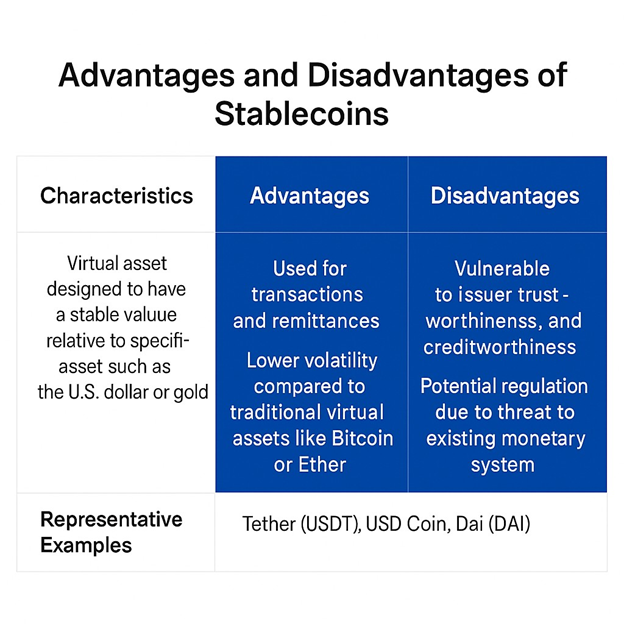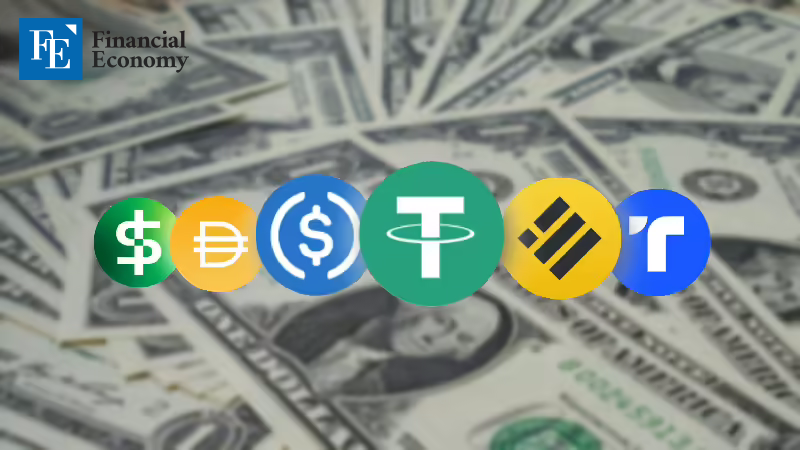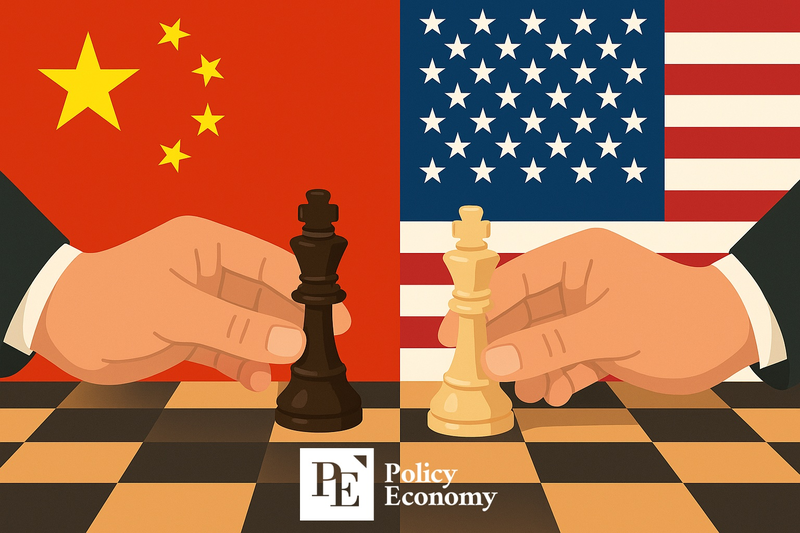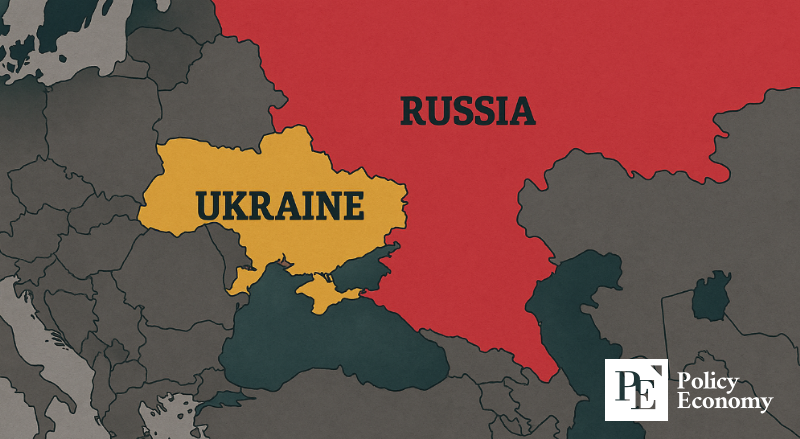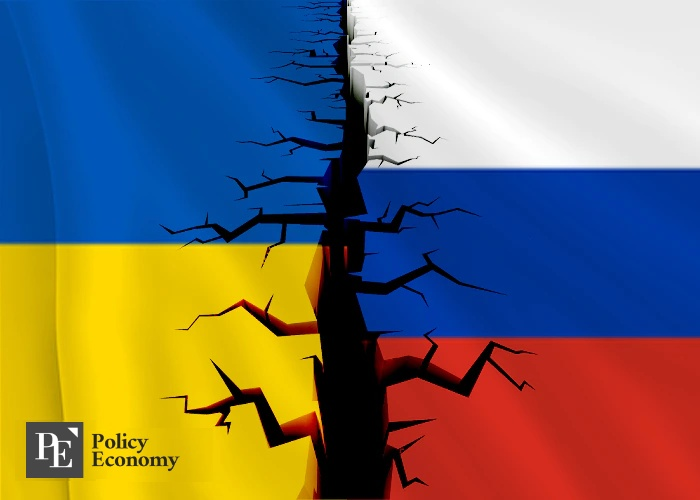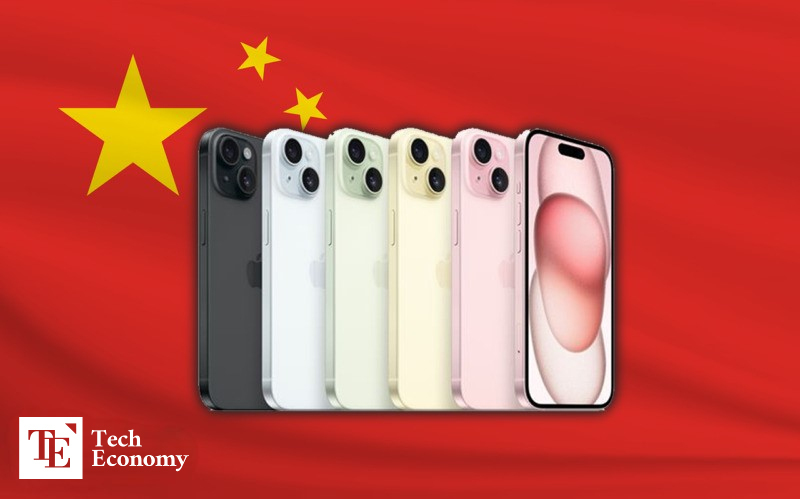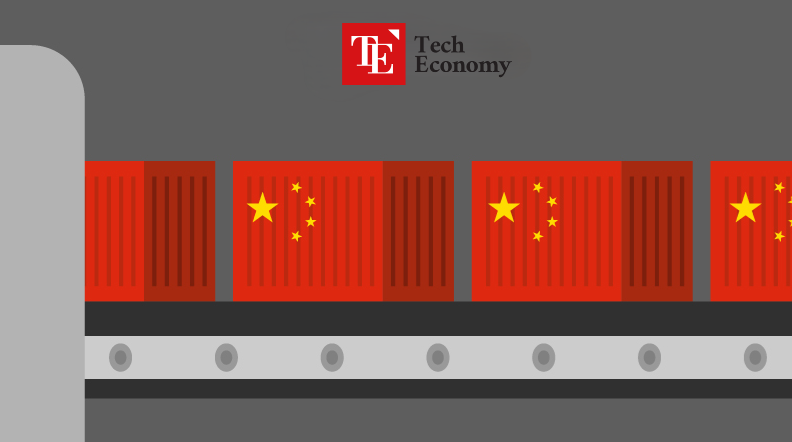U.S. Court of International Trade Reviews Legality of Trump Tariffs, Raises Possibility of Halting Trade Negotiations
Input
Changed
Trump Tariff Constitutionality Lawsuit Enters First Hearing Key Issue: Whether IEEPA Was Abused to Exceed Presidential Authority Preliminary Ruling by Court of International Trade Expected This Month
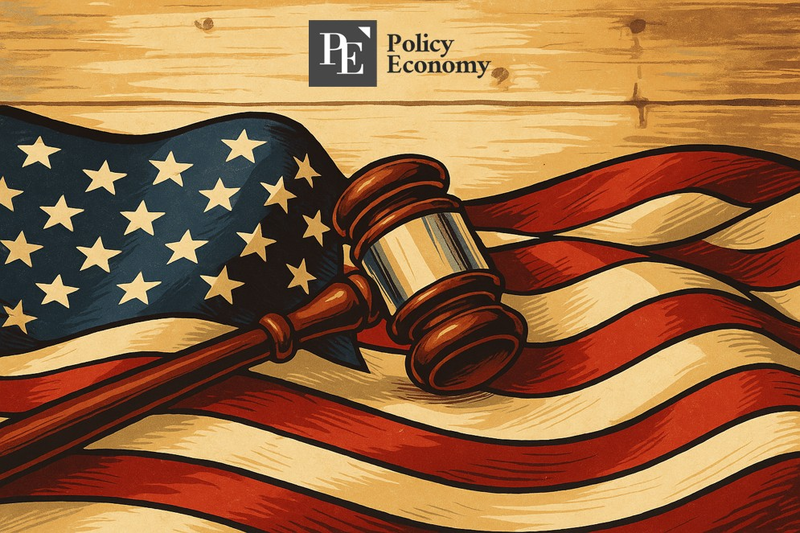
In what could become a defining moment in U.S. trade and constitutional law, the U.S. Court of International Trade (CIT) has launched a judicial inquiry into whether former President Donald Trump's tariff policies violated the law. At the heart of this legal storm are allegations that the Trump administration circumvented Congress to unilaterally impose sweeping tariffs on imports—actions that plaintiffs argue were not only unconstitutional but economically disruptive. As lawsuits from private companies, state governments, and advocacy groups converge in federal courtrooms, the prospect of a court ruling against the administration threatens to paralyze trade negotiations with more than 60 countries and cast uncertainty over America's global economic partnerships.
Legal Firestorm Over IEEPA and Executive Authority
The focal point of the legal battle is the International Emergency Economic Powers Act (IEEPA), a 1977 statute that grants the U.S. president extraordinary powers during times of national crisis. Designed to respond to “unusual and extraordinary threats” to the country’s security or economy, the law has traditionally been invoked for matters like terrorism or financial sanctions—not for trade policy. Nevertheless, President Trump declared a national emergency and invoked the IEEPA to justify the imposition of steep tariffs on imported goods, bypassing Congress in the process.
On May 13, a panel of three CIT judges convened in Manhattan to hear the first arguments in lawsuits brought by five U.S. businesses. These companies contend that Trump’s interpretation of IEEPA was “arbitrary” and amounted to an abuse of presidential authority. They argue that the national emergency declared by Trump had no genuine basis, calling it a "product of imagination" designed solely to provide a legal facade for aggressive trade maneuvering.
Legal scholars and policymakers alike have raised concerns about the precedent this could set. If a president can declare an economic emergency at will and take unilateral trade action without congressional oversight, the balance of power between the executive and legislative branches may be fundamentally altered. The plaintiffs are pushing back against this notion, urging the court to invalidate the tariffs and restore what they argue is a constitutionally required process.
Adding fuel to the fire, twelve U.S. states—led by New York—filed their own lawsuit with the CIT on April 23, claiming similar constitutional violations. These states include a mix of Democratic strongholds like California and Illinois, as well as Republican-governed but moderate states like Nevada and Vermont. Their bipartisan participation highlights the widespread concern over the potential erosion of legislative authority.
Separately, California Governor Gavin Newsom filed a federal case in the Northern District of California, asserting that the tariffs amounted to a massive and unauthorized tax increase. “President Trump unilaterally imposed one of the largest tax increases in our lifetime through destructive and unauthorized tariffs,” Newsom wrote on social media. A long-time political adversary of Trump and a rising figure in the Democratic Party, Newsom emphasized the harm to California's economy, which stands as one of the world's largest and most trade-dependent.
Tariffs Continue as Legal Pressure Builds
Despite the growing number of legal challenges, the tariffs remain in force. On April 22, the CIT rejected a request by the plaintiffs to suspend the tariffs during the course of the trial. The court determined that the businesses had failed to demonstrate immediate and irreparable harm—despite assertions that rising import costs were disrupting operations and inflating prices.
This means that while litigation proceeds, U.S. importers and consumers continue to bear the financial burden of tariffs, even as their legality remains in question. The continued enforcement of these trade measures has raised frustration among many affected sectors, especially given the potential for the court to eventually rule them unconstitutional.
A preliminary ruling from the CIT is expected later this month. According to Politico, if the court rules in favor of the plaintiffs and declares the Trump-era tariffs illegal, the Biden administration may be forced to halt ongoing trade negotiations with more than 60 countries. Such a disruption would have immediate consequences for America’s economic diplomacy. Politico warned that "Trump’s tariff war, regardless of cooperation from negotiating countries, could come to an abrupt halt by the end of this month,” adding that a ruling against the administration could severely stall or derail global trade talks.
If the government chooses to appeal the ruling, the case could ascend to the U.S. Court of Appeals, and possibly the Supreme Court, turning the legal saga into a landmark constitutional dispute. Such an outcome would not only delay the resolution of current trade tensions but could also define the limits of presidential trade powers for future administrations.
Meanwhile, the litigation continues to expand. The New Civil Liberties Alliance (NCLA), a conservative legal nonprofit, filed suit on May 3 challenging tariffs on Chinese imports. Similarly, a small business, supported by a civil rights group, brought another case in Florida targeting the same trade measures. Even the Blackfoot Nation, a Native American tribe, has entered the fray, contesting the tariffs imposed on Canadian goods. Across these lawsuits, the core argument is consistent: the Trump administration overstepped its constitutional bounds, misused emergency powers, and inflicted widespread economic harm in the process.
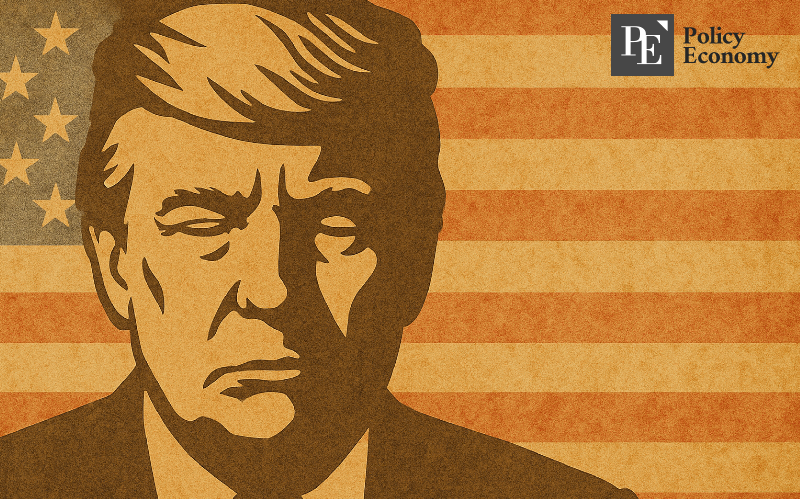
Trade Winners and Losers Begin to Emerge
As the legal proceedings sow uncertainty, countries that managed to reach trade agreements with the Trump administration before the lawsuits erupted are now reaping relative benefits—while those still in negotiations face an unclear future.
The United Kingdom is among the few success stories. It secured agreements to substantially reduce tariffs on key industrial exports like automobiles, steel, and aluminum. The trade pact has allowed the UK to regain some competitive footing in the U.S. market.
China, despite being at the center of Trump’s trade war, negotiated a dramatic de-escalation. The two countries agreed to cut mutual tariffs from over 100% to below 30%, while China pledged to expand imports of American goods and improve market access. These concessions helped calm tensions and stabilize bilateral trade.
Japan, on the other hand, finds itself in a less favorable position. Although it completed a second round of ministerial talks with the U.S., no concrete reductions in key tariffs—especially on automobiles—have been secured. This leaves Japanese exporters at a disadvantage and exposes them to the continued volatility of U.S. trade policy.
The uncertainty stemming from the lawsuits and the potential court ruling has already had a chilling effect on some negotiations, with both foreign governments and American industries growing wary of entering new trade deals that might soon be rendered obsolete or invalidated.
The court’s decision, expected within weeks, could alter the trajectory of U.S. trade policy for years to come. At stake is not just the legality of a specific set of tariffs, but the future balance of power between the executive branch and Congress, and the very integrity of the constitutional process that governs American economic policy.

